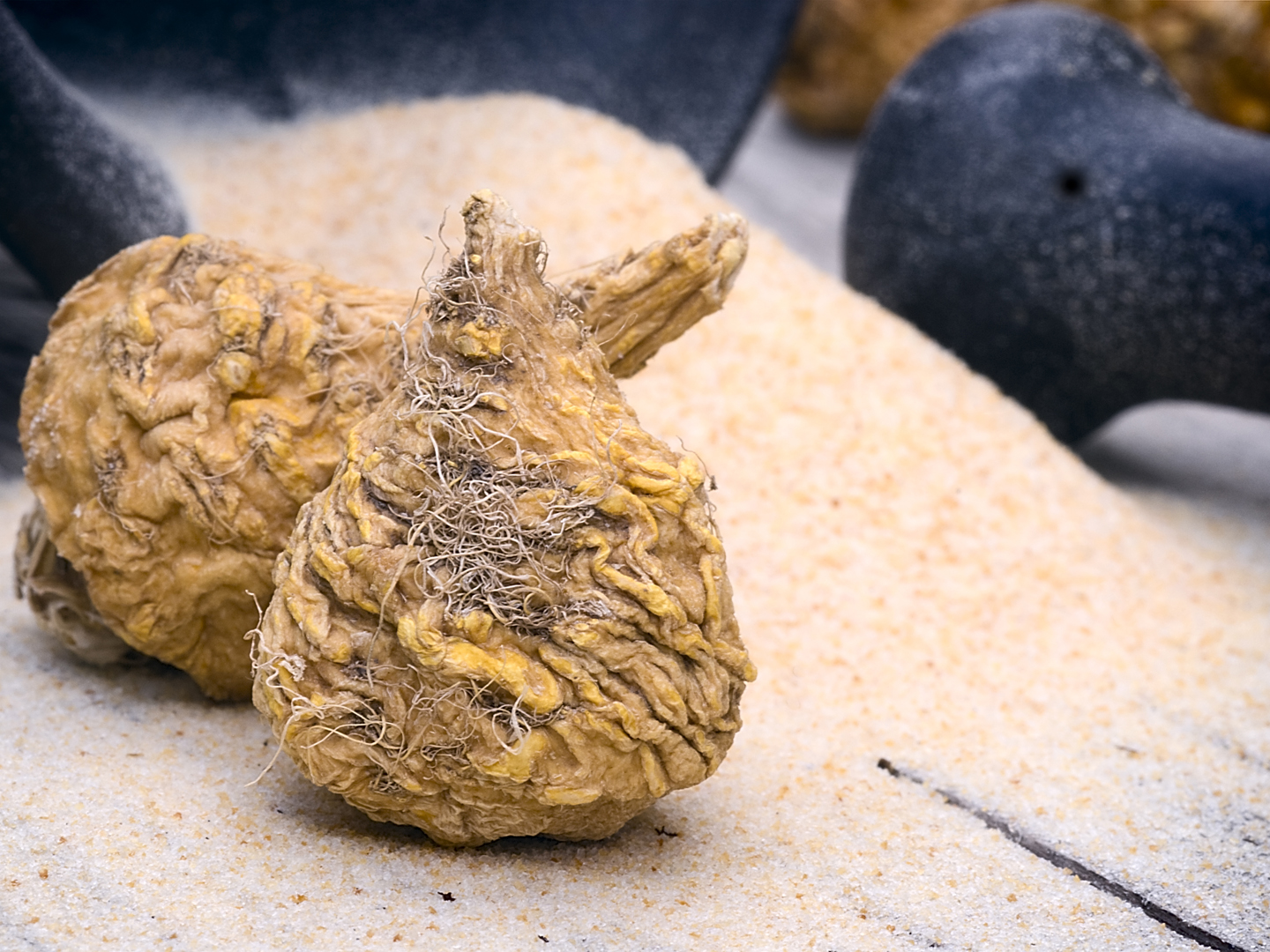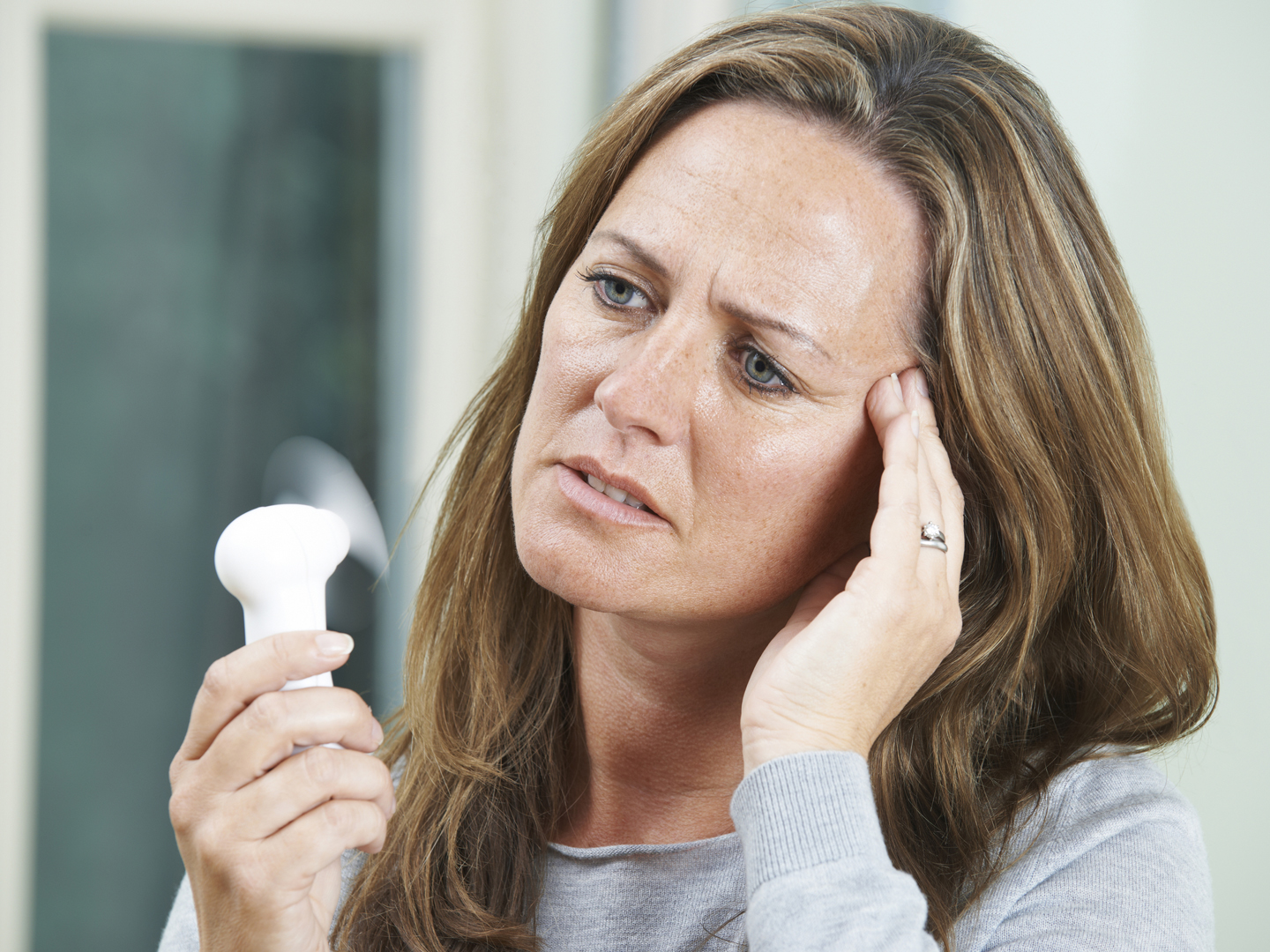Maca for Menopausal Symptoms?
I have started taking Royal Maca for my hot flashes. It really seems to work, and I’m also sleeping much better. What do you think of this supplement?
Andrew Weil, M.D. | December 16, 2011

Maca (Lepidium meyenii) is a starchy tuber that looks like a radish. It grows high in the Andes and is used as food by Andean Indians. Tieraona Low Dog, M.D., an internationally recognized expert in the fields of integrative medicine, dietary supplements and women’s health, notes that maca is widely used to relieve menopausal symptoms and to treat infertility and depression. It is perhaps better known as a treatment for low libido, and Dr. Low Dog notes that while most of the research on maca’s effects has been conducted in men, some small studies suggest that it might improve mood and libido in women as well. Scientific reviews of maca show that it is quite safe, so Dr. Low Dog says that if you feel that it is helping you, there’s no reason not to continue taking it. No side effects of maca are known, but most studies have been in animals, not humans.
The herb that has been studied most for treatment of hot flashes and other symptoms of menopause is black cohosh (Cimicifuga racemosa). Whether or not the herb is effective to quell hot flashes remains a scientifically unsettled issue, because it doesn’t reliably work for all women. It occasionally causes mild digestive distress, but has few side effects, and studies in rats have not found any significant toxic effects at 90 times the therapeutic dosage over a six-month period. Studies have not looked at long-term effects in other animals or humans.
Even if maca or black cohosh relieves your hot flashes, there’s no good evidence to show that either of these herbs protects against postmenopausal bone thinning and osteoporosis as hormone replacement therapy does.
To protect bone density I recommend that all menopausal women take a supplement of 500 to 700 mg of calcium citrate in two divided doses with meals, for a total daily intake of 1,000-1,200 mg from all sources. In addition, make sure that you’re getting 2,000 IU of supplemental vitamin D daily and be sure to exercise regularly. I recommend performing weight-bearing activity (such as walking) plus exercises that improve strength as well as balance and flexibility.
Andrew Weil, M.D.










